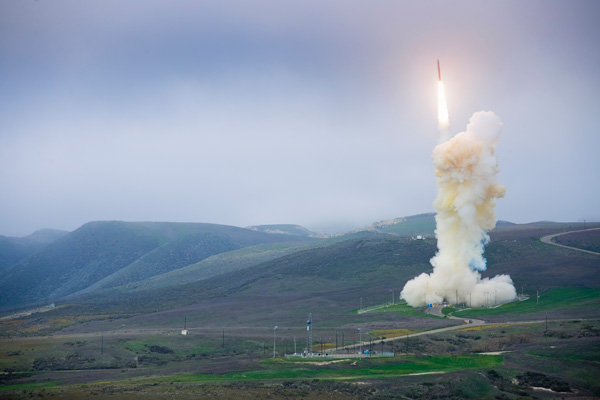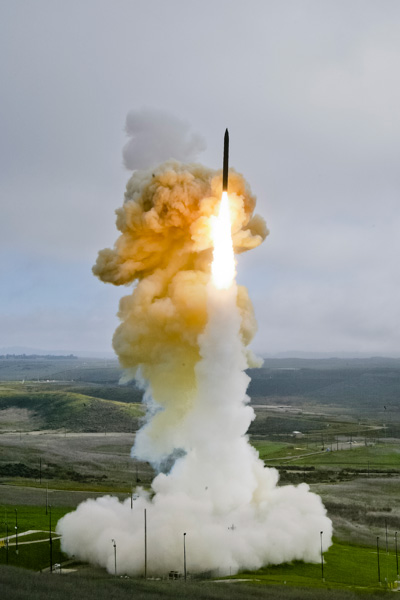The U.S. Missile Defense Agency (MDA) resumed testing the Ground-based Midcourse Defense (GMD) system yesterday, launching the GMD interceptor on a successful flight. The missile GMD is the United States’ only defense against long-range ballistic missile threats. GMD flight testing was halted in early 2011 after a guidance error resulted in a failed intercept in a December 2010 test.

On the recent flight the GMD Ground-Based Interceptor (GBI) carried a next-generation Exoatmospheric Kill Vehicle (EKV), measuring the conditions it was subjected to through the various phases of the flight. According to Wes Kremer, Raytheon Missile Systems’ vice president of Air and Missile Defense Systems, the EKV performed as planned During the test, maneuvering the interceptor to the appropriate altitude and closing velocity required for an intercept. Data gathered during the test will be used to validate the EKV’s design. “This test allowed us to challenge the EKV in a series of realistic outer-space environments, which gives us a broad range of data prior to moving toward an intercept scenario,” said Kremer. “This test moves us one step closer to an intercept flight test in 2013.”
“Returning to flight has been the top priority for the GMD program. We have used industry and government’s combined expertise to solve a complex technical issue related to what the interceptors’ EKV experiences in space,” said Norm Tew, Boeing vice president and GMD program director. “Today’s success is an important step toward our next goal of a successful intercept test.” Boeing is the prime contractor for the GMD system.
The test, designated Ground-Based Midcourse Defense Control Test Vehicle (GM CTV)-01, is part of an extensive test series initiated after the Flight Test Ground-Based Interceptor (FTG)-06a failure in December 2010. The Exoatmospheric Kill Vehicle flown during GM CTV-01 was modified based on findings from the FTG-06a Failure Review Board. This test is the critical first step in returning GMD to successful intercept testing.

The EKV is designed to destroy incoming ballistic missile threats by colliding with them, a concept often described as “hit to kill.” To achieve an intercept the EKV uses an advanced multi-color sensor used to detect and discriminate incoming warheads from other objects. The EKV has its own propulsion, communications link, discrimination algorithms, guidance and control system, and computers to support target selection and intercept. EKV has had eight successful intercepts throughout the life of the program.
GMD is an integral element of the United States’ layered ballistic missile defense architecture. With interceptors deployed at Vandenberg and at Fort Greely, Alaska, the program consists of command-and-control facilities, communications terminals and a 20,000-mile fiber-optic communications network that interface with ballistic missile defense radars and other sensors. Boeing has served as prime contractor since 2001 and works with industry partners Northrop Grumman, Orbital Sciences Corp. and Raytheon.
















